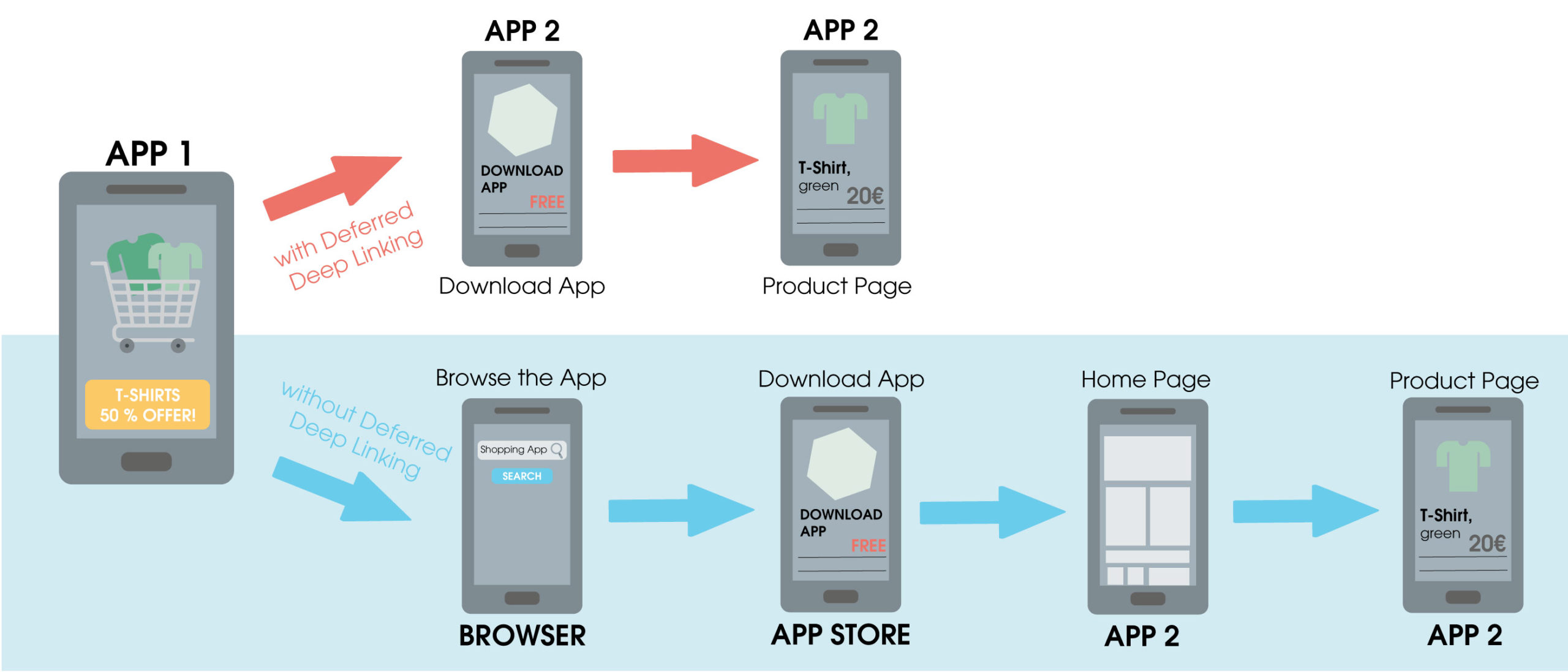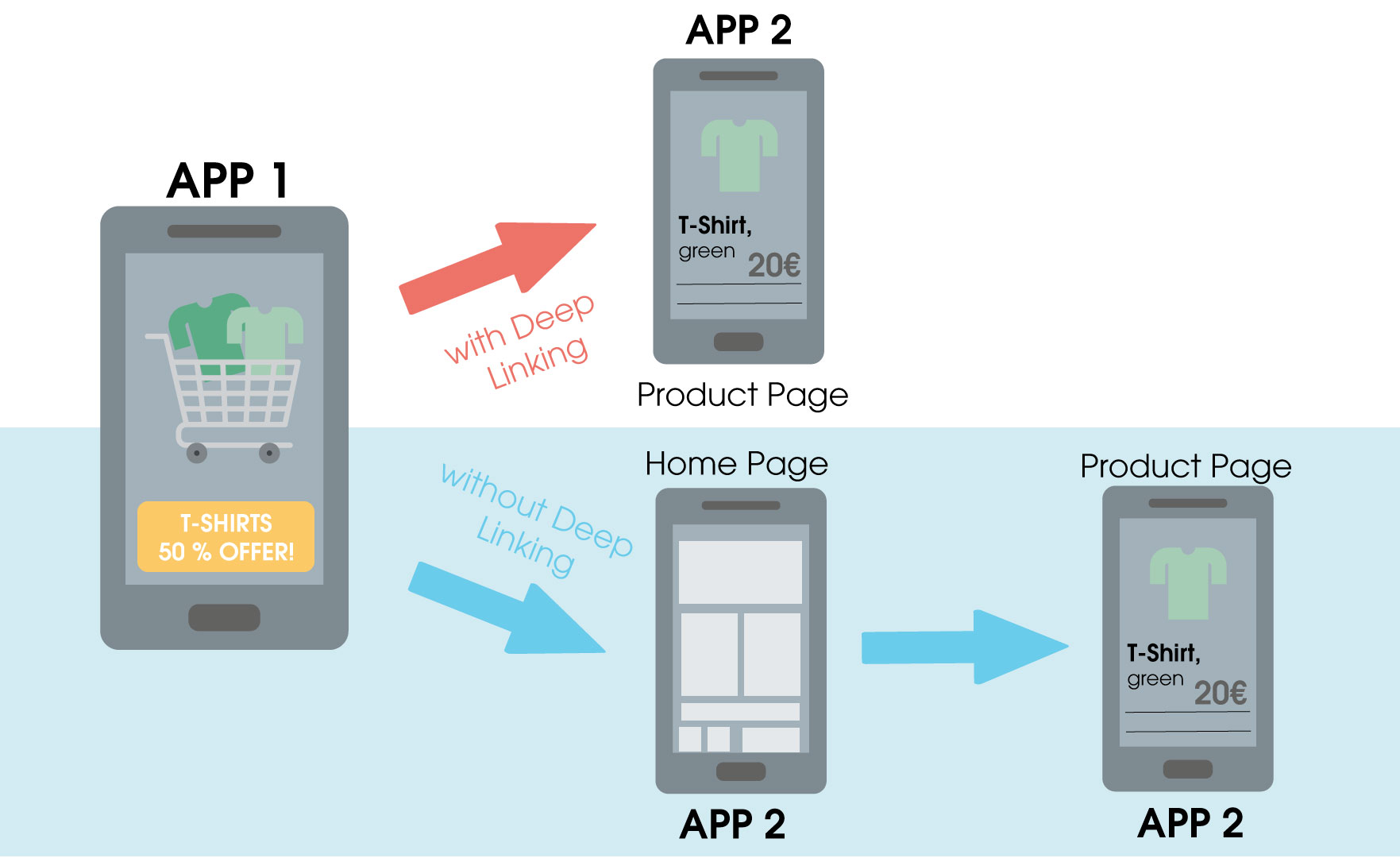Deep hot linking is a fascinating concept that you might not be fully aware of, but it's something that could significantly impact your online presence. Imagine this: someone takes an image from your website without permission and directly embeds it into their own site. Sounds unfair, right? Well, that's exactly what deep hot linking is all about. In today's digital world, understanding this concept is crucial for anyone who wants to protect their content and optimize their website performance.
Now, let me break it down for you in a way that's easy to digest. Deep hot linking isn't just about stealing images; it's also about how your resources are being used without your knowledge. Think of it like someone using your electricity to power their house without paying the bill. It's not cool, and it can cost you in more ways than one.
So why should you care? Because if you're running a website, whether it's for personal or business purposes, deep hot linking can drain your bandwidth, slow down your site, and even affect your SEO rankings. And nobody wants that, right? Let's dive deeper into this topic and uncover everything you need to know to protect yourself and make the most out of your online assets.
- Unveiling The Charismatic Outlander Character Jamie A Deep Dive Into His World
- Ultimate Break Your Ultimate Guide To Recharging And Relaxing
What Exactly is Deep Hot Linking?
Alright, let's get into the nitty-gritty. Deep hot linking refers to the practice of embedding media files, like images or videos, from one website directly onto another website. Instead of downloading and hosting the file themselves, the person simply links to the original source, causing the original server to do all the heavy lifting. It's kind of like borrowing someone's Netflix account to stream movies for free.
Here's how it works: when someone embeds an image using a deep hot link, they're essentially stealing bandwidth from the original site. Every time someone views the image on the second site, the first site's server has to send out the data, which can lead to increased server load and higher costs for the original site owner. And let's not forget the copyright implications—it's not just about bandwidth; it's about respecting intellectual property.
Why Should You Care About Deep Hot Linking?
If you're thinking, "Well, it's just a few images, no big deal," think again. Deep hot linking can have serious consequences for your website. For starters, it can slow down your site because your server is busy handling requests from other sites. This can lead to a poor user experience, which is a big no-no in today's fast-paced digital world.
- Hugh Grants Children The Story Behind The Scenes
- Renee Zellweger A Journey Through Stardom And Timeless Talent
On top of that, it can affect your SEO rankings. Search engines like Google don't like it when your content is scattered all over the web without proper attribution. It can also lead to copyright issues if someone uses your content without permission, which could result in legal trouble. So yeah, it's a big deal, and you should definitely care.
How Does Deep Hot Linking Impact Your Website?
Let's talk about the real impact of deep hot linking on your website. First off, it can increase your hosting costs. If your server is constantly sending out data to other sites, you might end up paying more for bandwidth usage. And let's be honest, nobody likes paying extra for something they didn't even ask for.
Another issue is performance. When your server is overwhelmed with requests from other sites, it can slow down your own site. This can lead to frustrated users who might leave your site and never come back. And as we all know, user experience is key to keeping visitors engaged and converting them into customers.
Key Consequences of Deep Hot Linking
- Increased server load
- Higher hosting costs
- Slower website performance
- Potential copyright issues
- Impact on SEO rankings
How Can You Detect Deep Hot Linking?
Now that you know the dangers of deep hot linking, let's talk about how you can detect it. One of the easiest ways is to use tools like Google Alerts or Copyscape. These tools can help you monitor the web for instances where your content is being used without permission.
Another method is to check your server logs. Most web hosting providers offer access to server logs, which can show you where requests for your media files are coming from. If you notice a lot of requests from unfamiliar sites, it could be a sign of deep hot linking.
Preventing Deep Hot Linking: Best Practices
Prevention is always better than cure, right? Here are some best practices to help you prevent deep hot linking:
1. Use Hotlink Protection
Most web hosting platforms offer hotlink protection features that can block unauthorized requests for your media files. This is a simple and effective way to prevent deep hot linking.
2. Add Watermarks to Your Images
Watermarking your images can make them less appealing to potential linkers. If someone does hotlink your images, at least your branding will still be visible.
3. Use a Content Delivery Network (CDN)
A CDN can help distribute your content across multiple servers, reducing the load on your main server. This can make it harder for others to deep hot link your content.
4. Monitor Your Content Regularly
Regular monitoring is key to catching deep hot linkers early. Use tools like Google Alerts or Copyscape to keep an eye on your content and take action if necessary.
Legal Implications of Deep Hot Linking
Deep hot linking isn't just a technical issue; it can also have legal implications. If someone uses your content without permission, they could be violating copyright laws. Depending on the jurisdiction, this could lead to legal action and potential fines.
It's important to note that not all uses of your content are illegal. For example, if someone uses your image under fair use or with proper attribution, it might be okay. However, deep hot linking without permission is generally considered a violation of intellectual property rights.
How to Handle Deep Hot Linkers
So, you've detected a deep hot linker. What do you do now? The first step is to contact the site owner and politely ask them to remove the link. Most people will comply once they realize they're doing something wrong.
If that doesn't work, you can take further action, such as reporting the site to their hosting provider or even pursuing legal action. It's always best to try and resolve issues amicably, but sometimes stronger measures are necessary.
Alternatives to Deep Hot Linking
If you're on the other side of the fence and want to use someone else's content, there are better ways to do it. Instead of deep hot linking, you can download the image or video and host it on your own server. This way, you're not stealing bandwidth from the original site, and you're respecting their intellectual property.
Another option is to use embed codes provided by the original site. Many websites offer embed codes that allow you to use their content while still giving them proper credit. It's a win-win situation for everyone involved.
The Future of Deep Hot Linking
As technology continues to evolve, so do the methods of combating deep hot linking. New tools and techniques are being developed to help website owners protect their content and optimize their performance. It's important to stay informed and adapt to these changes to ensure the long-term success of your website.
Conclusion: Take Action Now
In conclusion, deep hot linking is a serious issue that can have significant impacts on your website's performance, costs, and legal standing. By understanding what it is, how it affects you, and how to prevent it, you can take control of your online presence and protect your valuable assets.
So, what are you waiting for? Start implementing these best practices today and keep an eye on your content. And don't forget to share this article with your friends and colleagues so they can protect themselves too. Together, we can create a safer and more respectful digital environment for everyone.
Table of Contents
- What Exactly is Deep Hot Linking?
- Why Should You Care About Deep Hot Linking?
- How Does Deep Hot Linking Impact Your Website?
- How Can You Detect Deep Hot Linking?
- Preventing Deep Hot Linking: Best Practices
- Legal Implications of Deep Hot Linking
- How to Handle Deep Hot Linkers
- Alternatives to Deep Hot Linking
- The Future of Deep Hot Linking
- Conclusion: Take Action Now



Detail Author:
- Name : Phyllis Halvorson III
- Username : bartoletti.hayley
- Email : lueilwitz.janice@bergstrom.biz
- Birthdate : 1985-12-09
- Address : 818 Idell Ports Apt. 893 Davisfurt, NV 20780
- Phone : +1.680.345.1114
- Company : Murphy and Sons
- Job : Fast Food Cook
- Bio : Omnis alias sint explicabo ab consequatur voluptas non. Eum molestiae numquam aut. Rerum facere ut quas fugit dignissimos.
Socials
instagram:
- url : https://instagram.com/janelle_cremin
- username : janelle_cremin
- bio : Et aut libero ea sed aliquam est. Aut vel nisi magni eligendi. In id voluptas corrupti at.
- followers : 6892
- following : 1658
facebook:
- url : https://facebook.com/jcremin
- username : jcremin
- bio : Deserunt consequatur et natus necessitatibus quisquam illo fugit.
- followers : 183
- following : 2231
twitter:
- url : https://twitter.com/janelle_cremin
- username : janelle_cremin
- bio : Eum sit vel labore beatae tenetur. Inventore id vero voluptate ea voluptas voluptatem. Quam odio numquam ad ea quia id molestias enim.
- followers : 843
- following : 2840